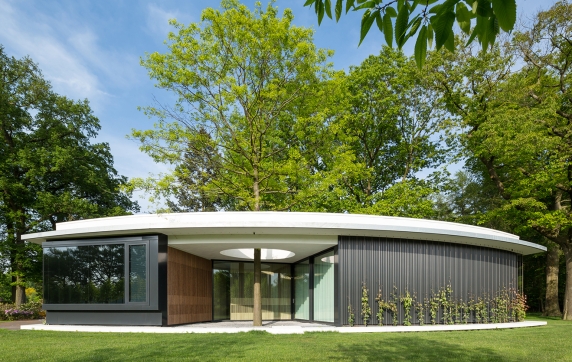Aluminium windows come in a wide range of designs and styles, from traditional to contemporary, and each design serves a specific purpose.
Designing Aluminium Windows
Aluminium windows are designed with two primary considerations - functionality and aesthetics.
Functionality refers to how the windows will perform in terms of ventilation, insulation, and security, while aesthetics refers to the overall appearance of the windows.
Here are some key design considerations for aluminium windows:
Size and Shape - The size and shape of the window should be designed to fit the building's architectural style and provide adequate ventilation and lighting.
Glazing - The type of glazing used in the window will impact its energy efficiency, acoustic insulation, and security. Double or triple-glazed windows are a popular choice for their thermal performance and noise reduction capabilities.
Frame Design - The frame design should be sturdy, secure and blend in with the overall architectural style of the building. The frames can be designed to be narrow or wide, depending on the desired aesthetic.
Colour - Aluminium windows can be finished in a variety of colours, from metallic shades to bold and bright hues. The colour of the window can be used to accentuate the building's architectural features or provide a subtle contrast.
Hardware - The hardware used on the window, such as handles, hinges, and locks, should be durable, easy to use, and complement the overall design.
Aluminium windows offer a wide range of benefits for commercial buildings, including durability, energy efficiency, and design flexibility. The art of designing aluminium windows involves balancing functionality with aesthetics to create a window that not only performs well but looks great too. Whether you're designing a new building or upgrading an existing one, aluminium windows are a versatile and practical option that can meet your design requirements.
Click here to check out AluK's range of aluminium windows and doors systems!



